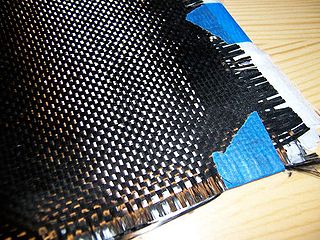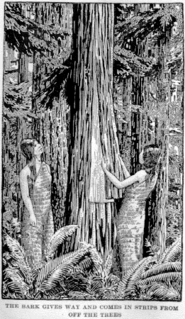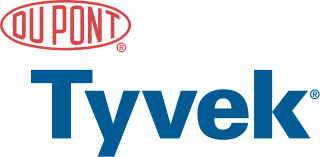 W
WNonwoven fabric is a fabric-like material made from staple fibre (short) and long fibres, bonded together by chemical, mechanical, heat or solvent treatment. The term is used in the textile manufacturing industry to denote fabrics, such as felt, which are neither woven nor knitted. Some non-woven materials lack sufficient strength unless densified or reinforced by a backing. In recent years, non-wovens have become an alternative to polyurethane foam.
 W
WCarbon fibers or carbon fibres are fibers about 5 to 10 micrometers (0.00020–0.00039 in) in diameter and composed mostly of carbon atoms. Carbon fibers have several advantages including high stiffness, high tensile strength, low weight to strength ratio, high chemical resistance, high temperature tolerance and low thermal expansion. These properties have made carbon fiber very popular in aerospace, civil engineering, military, and motorsports, along with other competition sports. However, they are relatively expensive when compared with similar fibers, such as glass fiber, basalt fibers, or plastic fibers.
 W
WCedar bark textile was used by indigenous people in the Pacific Northwest region of modern-day Canada and the United States. Historically, most items of clothing were made of shredded and woven cedar bark.
 W
WFelt is a textile material that is produced by matting, condensing and pressing fibers together. Felt can be made of natural fibers such as wool or animal fur, or from synthetic fibers such as petroleum-based acrylic or acrylonitrile or wood pulp-based rayon. Blended fibers are also common. Felt has special properties that allow it to be used for a wide variety of purposes. "It is fire-retardant and self-extinguishing; it dampens vibration and absorbs sound; and it can hold large amounts of fluid without feeling wet..."
 W
WKapa is a fabric made by native Hawaiians from the bast fibres of certain species of trees and shrubs in the orders Rosales and Malvales.
 W
WRubber, also called India rubber, latex, Amazonian rubber, caucho, or caoutchouc, as initially produced, consists of polymers of the organic compound isoprene, with minor impurities of other organic compounds. Thailand and Indonesia are two of the leading rubber producers. Types of polyisoprene that are used as natural rubbers are classified as elastomers.
 W
WPiñatex is a non-biodegradeable leather alternative made from cellulose fibres extracted from pineapple leaves, PLA, and petroleum-based resin. Piñatex was developed by Dr Carmen Hijosa and first presented at the PhD graduate exhibition at the Royal College of Art, London. Piñatex is manufactured and distributed by Hijosa's company Ananas Anam Ltd.
 W
WPolyvinyl chloride is the world's third-most widely produced synthetic plastic polymer. About 40 million tons of PVC are produced each year.
 W
WRetroreflective sheeting is flexible retroreflective material primarily used to increase the nighttime conspicuity of traffic signs, high-visibility clothing, and other items so they are safely and effectively visible in the light of an approaching driver's headlamps. They are also used as a material to increase the scanning range of barcodes in factory settings. The sheeting consists of retroreflective glass beads, microprisms, or encapsulated lenses sealed onto a fabric or plastic substrate. Many different colors and degrees of reflection intensity are provided by numerous manufacturers for various applications. As with any retroreflector, sheeting glows brightly when there is a small angle between the observer's eye and the light source directed toward the sheeting, but appears nonreflective when viewed from other directions.
 W
WTapa cloth is a barkcloth made in the islands of the Pacific Ocean, primarily in Tonga, Samoa and Fiji, but as far afield as Niue, Cook Islands, Futuna, Solomon Islands, Java, New Zealand, Vanuatu, Papua New Guinea and Hawaii. In French Polynesia it has nearly disappeared, except for some villages in the Marquesas.
 W
WTyvek is a brand of flashspun high-density polyethylene fibers, a synthetic material; the name is a registered trademark of the DuPont company, known for their production of chemicals and textiles. Tyvek is often used as housewrap, a synthetic material used to protect buildings during construction, or as personal protective equipment The material is difficult to tear, but can easily be cut with scissors or a knife. Water vapor can pass through Tyvek, but liquid water cannot. All of these properties have led to Tyvek being used in a variety of applications.